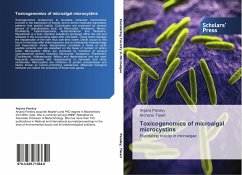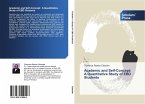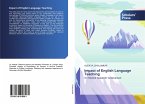Toxicogenomics endeavours to elucidate molecular mechanisms evolved in the expression of toxicity, and to derive molecular expression patterns that predict toxicity. Cyanotoxins are produced by several genera of cyanobacteria such as Microcystis, Anabaena, Nostoc, Oscillatoria, Cylindrospermum, Aphanizomenon and Nodularia. Hepatotoxin is a toxic chemical substance produced within the cell and released in the surrounding water after cell death. These toxins damage the hepatocytes of the liver thus owe their name. Death occurs in few hours to few days after initial exposure due to intrahepatic haemorrhage and hypovolemic shock. Hepatotoxins constitute a family of cyclic peptide variants and are classified on the basis of number of amino acids. Microcystins (MCs) are produced by members of several cyanobacterial genera including Microcystis, Anabaena, Planktothrix (Oscillatoria), Anabaenopsis, Nostoc and Hapalosiphon and are most frequently associated with hepatotoxicity in mammals and other vertebrates. Microcystins are inhibitors of protein phosphatase and mainly known as tumour-promoting substances. Molecular biological methods can detect the presence of these toxic genes.








